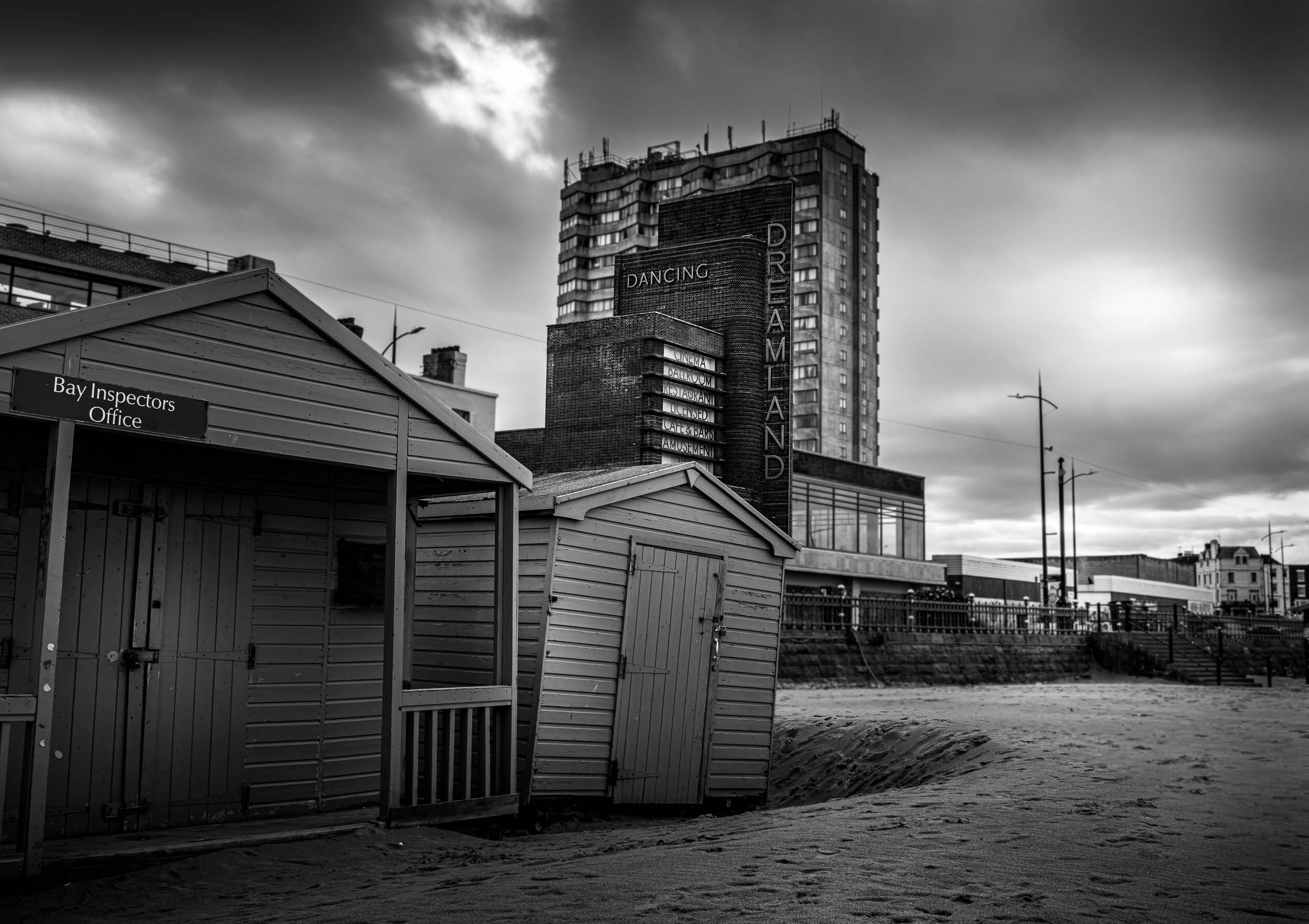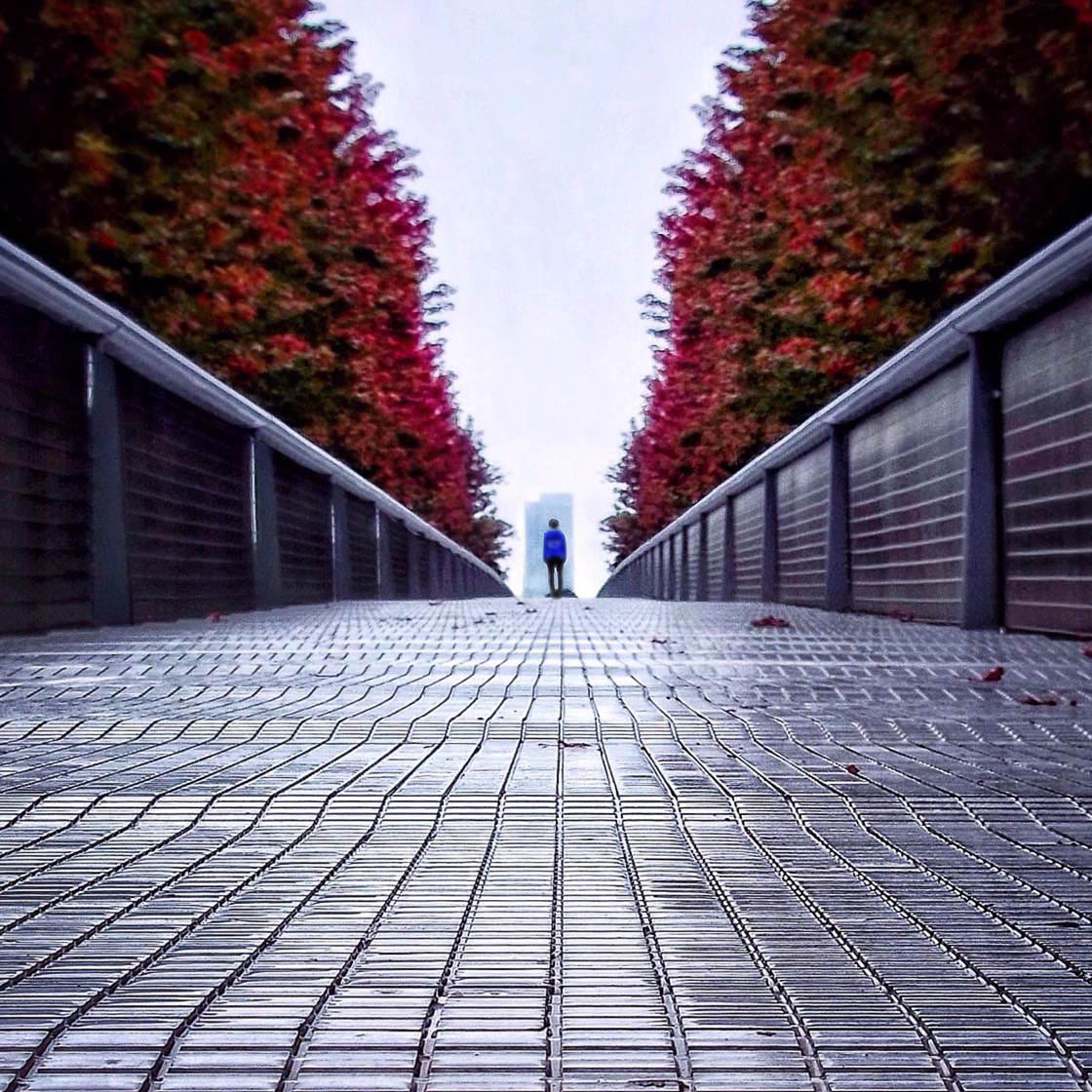Rumored Buzz on Street Photographers
Rumored Buzz on Street Photographers
Blog Article
3 Simple Techniques For Street Photographers
Table of ContentsFacts About Street Photographers UncoveredEverything about Street PhotographersStreet Photographers for BeginnersThe 5-Second Trick For Street PhotographersSome Ideas on Street Photographers You Should Know
Road photographers do not always have a social objective in mind, but they choose to isolate and catch minutes which could otherwise go unnoticed.He was influenced by many of those that affected the street photographers of the 1950s and '60s, he was not mainly interested in catching the spirit of the road., that functioned side by side with photographers attempting to catch the significance of city life.
As a result of the fairly primitive innovation offered to him and the lengthy direct exposure time needed, he struggled to capture the pressure of the Paris streets. He try out a series of photo approaches, attempting to find one that would certainly allow him to capture activity without a blur, and he located some success with the calotype, patented in 1841 by William Henry Fox Talbot. While the professional photographers' topic was essentially the very same, the outcomes were significantly various, showing the impact of the professional photographer's intent on the character of the images he generated.
Get This Report on Street Photographers
Offered the great top quality of his photos and the breadth of product, architects and artists commonly purchased Atget's prints to use as recommendation for their own job, though business rate of interests were hardly his primary inspiration. Rather, he was driven to picture every last residue of the Paris he loved.

Unlike his peers, Brassa utilized a larger-format Voigtlnder camera with a longer direct exposure time, requiring him to be a lot more calculated and thoughtful in his practice than he might have been if making use of a Leica. (It is thought that he might not have actually had the ability to pay for a Leica back then, yet he did, nonetheless, use one in the late 1950s to take colour photos.) Brassa's photos of the Paris abyss brightened by artificial light were a discovery, and the compilation of the collection that he released, (1933 ), was a major success.

Street Photographers for Beginners
It is due to this fundamental understanding of the art of photo taking that he is usually attributed with finding the medium around again approximately a century because its innovation. He took photos for even Full Report more than a half century and affected generations of digital photographers to trust their eye and instinct in the minute.
These are the questions I shall try to answer: And after that I'll leave you with my very own interpretation of street digital photography. Yes, we do. Let's kick off with defining what an interpretation is: According to it is: "The act of defining, or of making something precise, distinct, or clear".
No, most definitely not. The term is both limiting and misleading. Sounds like a road digital photography must be photos of a streets ideal?! And all road photographers, except for helpful site a small number of absolute novices, will fully appreciate that a road is not the essential component to street digital photography, and in fact if it's an image of a street with maybe a few uninteresting people not doing anything of interest, that's not street digital photography that's a picture of a road.
How Street Photographers can Save You Time, Stress, and Money.
He makes a legitimate factor do not you assume? However, while I concur with him I'm not exactly sure "candid public digital photography" will certainly catch on (although I do type of like the term "honest digital photography") because "street photography" has been around for a very long time, with numerous masters' names affixed to it, so click for more I believe the term is here to stay.
Inside?! I hear you scream as you tremble your fist to the sky. Why not? You can contend the beach, at an event, in a street, in a park, in a piazza, in a coffee shop, at a gallery or art gallery, in a metro terminal, at an occasion, on a bridge, under a bridge ...
Yes, I'm afraid we have no choice! Without rules we can not have a meaning, and without a meaning we do not have a category, and without a category we do not have anything to specify what we do, therefore we are stuck in a "regulations interpretation category" loophole! And no-one intends to get embeded a loop. - Street Photographers

Report this page